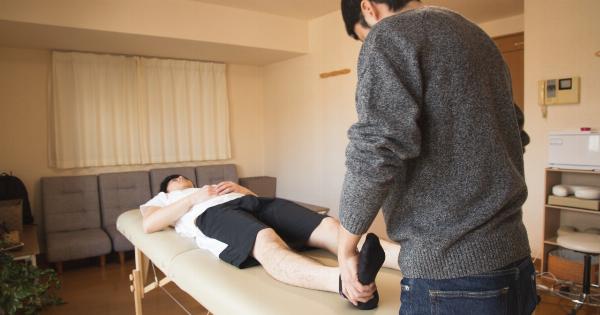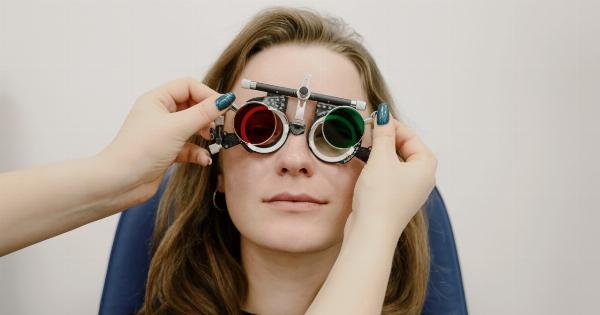Varicose veins are a common condition that affects 10-15% of men and 20-25% of women. They are enlarged, twisted veins that appear just beneath the surface of the skin. Varicose veins can be unsightly and cause discomfort, such as swelling and pain.
Fortunately, there are a variety of treatments available for varicose veins, including surgery, laser treatments, and injections. However, many patients are unsure about their insurance coverage for these treatments.
Understanding Your Insurance Coverage
If you are considering treatment for varicose veins, it is important to understand your insurance coverage. Insurance coverage can vary widely depending on your insurance plan and the type of treatment you require. Here are some factors to consider:.
Medical Necessity
Insurance companies generally consider varicose vein treatments to be medically necessary if the veins are causing symptoms such as pain, swelling, or itching.
If your varicose veins are purely cosmetic, insurance is unlikely to cover the cost of treatment.
Insurance Plan
Insurance companies have different policies about what procedures they will cover and how much they will pay for them.
Some insurance plans may cover more extensive treatments, such as surgery, while others may only cover less invasive procedures, such as injections.
Out-of-Network Providers
If your insurance plan does not have a contract with the provider you choose for your varicose vein treatment, you may incur additional costs.
It is important to check with your insurance company before scheduling a procedure to ensure that your provider is in your network.
Documentation and Preauthorization
Many insurance plans require documentation and preauthorization before they will cover the cost of varicose vein treatments.
Your doctor may need to provide documentation that the treatment is medically necessary and submit a preauthorization request to your insurance company.
Types of Varicose Vein Treatments
There are several different types of varicose vein treatments, and insurance coverage varies depending on the procedure. Here are some of the most common treatments:.
Sclerotherapy
Sclerotherapy is a non-invasive procedure in which a solution is injected into the varicose veins to make them collapse and fade away. Insurance may cover the cost of sclerotherapy if it is deemed medically necessary.
Laser Treatments
Laser treatments use focused light energy to heat and close varicose veins. Insurance coverage for laser treatments can vary depending on your insurance plan and the extent of the procedure.
Radiofrequency Ablation
Radiofrequency ablation is a minimally invasive procedure in which a catheter is inserted into the vein and heat is used to close the vein.
Insurance coverage for radiofrequency ablation may vary depending on the extent of the procedure and your insurance plan.
Vein Stripping and Surgery
Vein stripping and surgery are more extensive procedures that involve removing the affected vein. Insurance coverage for vein stripping and surgery may vary depending on your insurance plan and the extent of the procedure.
Conclusion
If you are considering treatment for varicose veins, it is important to understand your insurance coverage. Insurance coverage can vary depending on the type of treatment you require, your insurance plan, and the medical necessity of the procedure.
Be sure to check with your insurance company before scheduling a procedure to understand what costs will be covered.




























